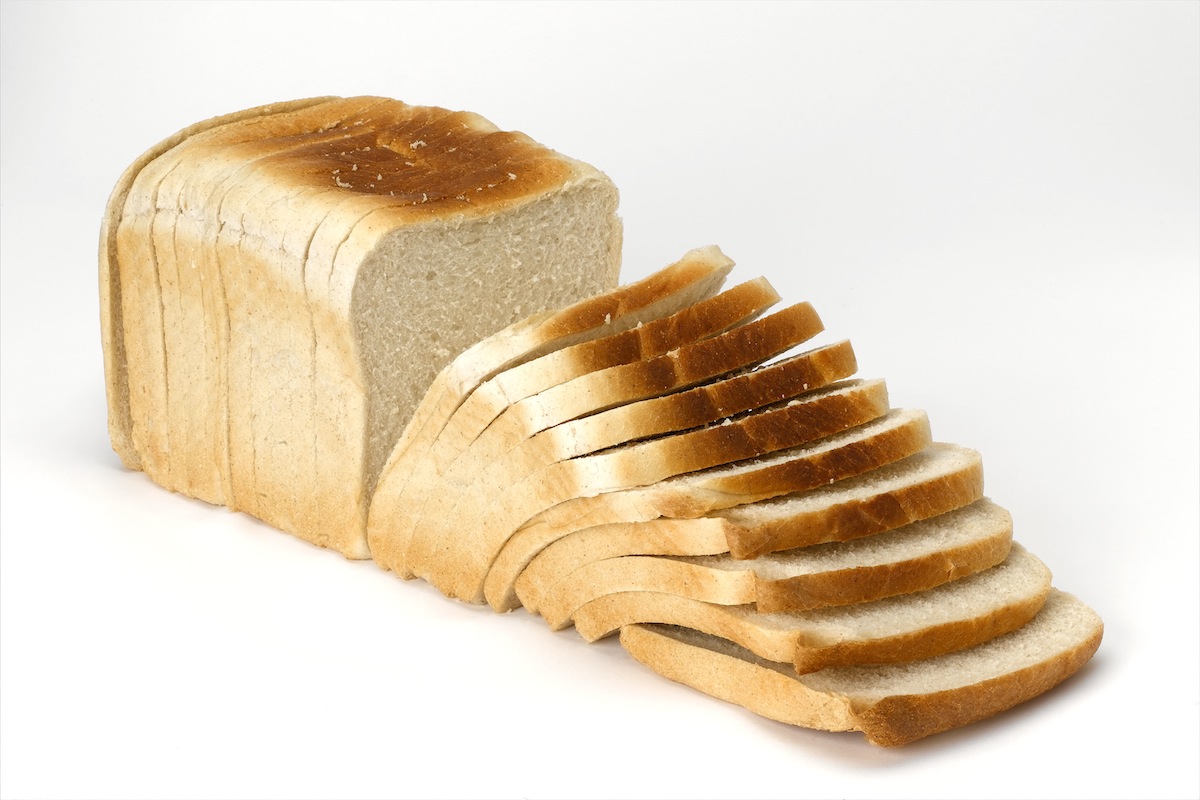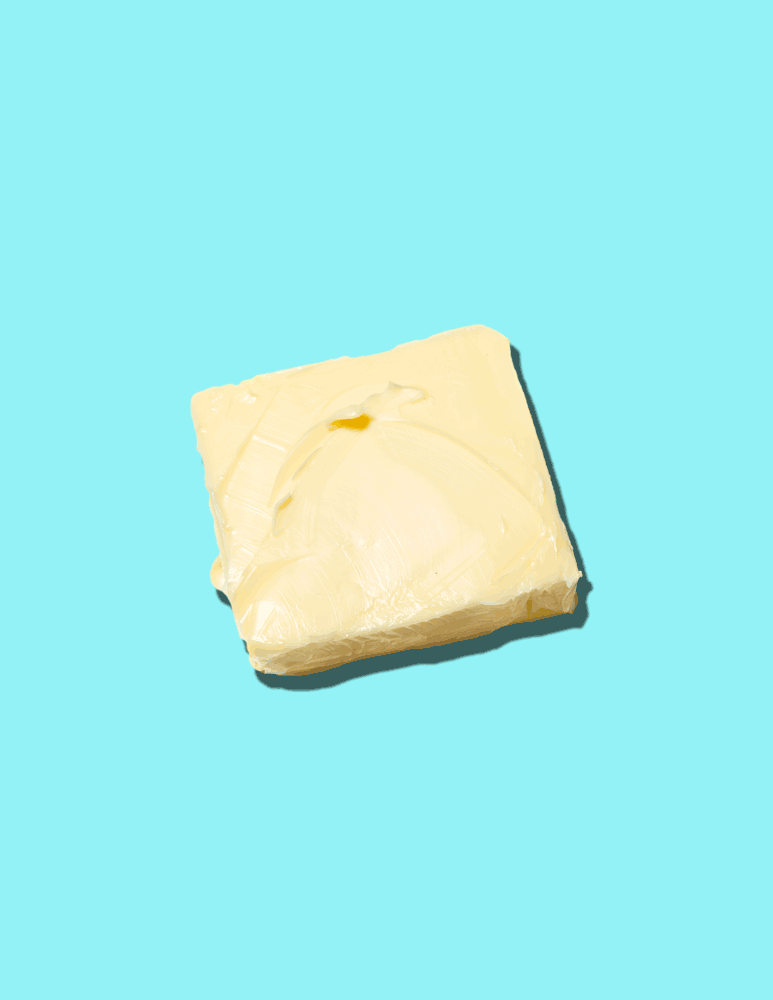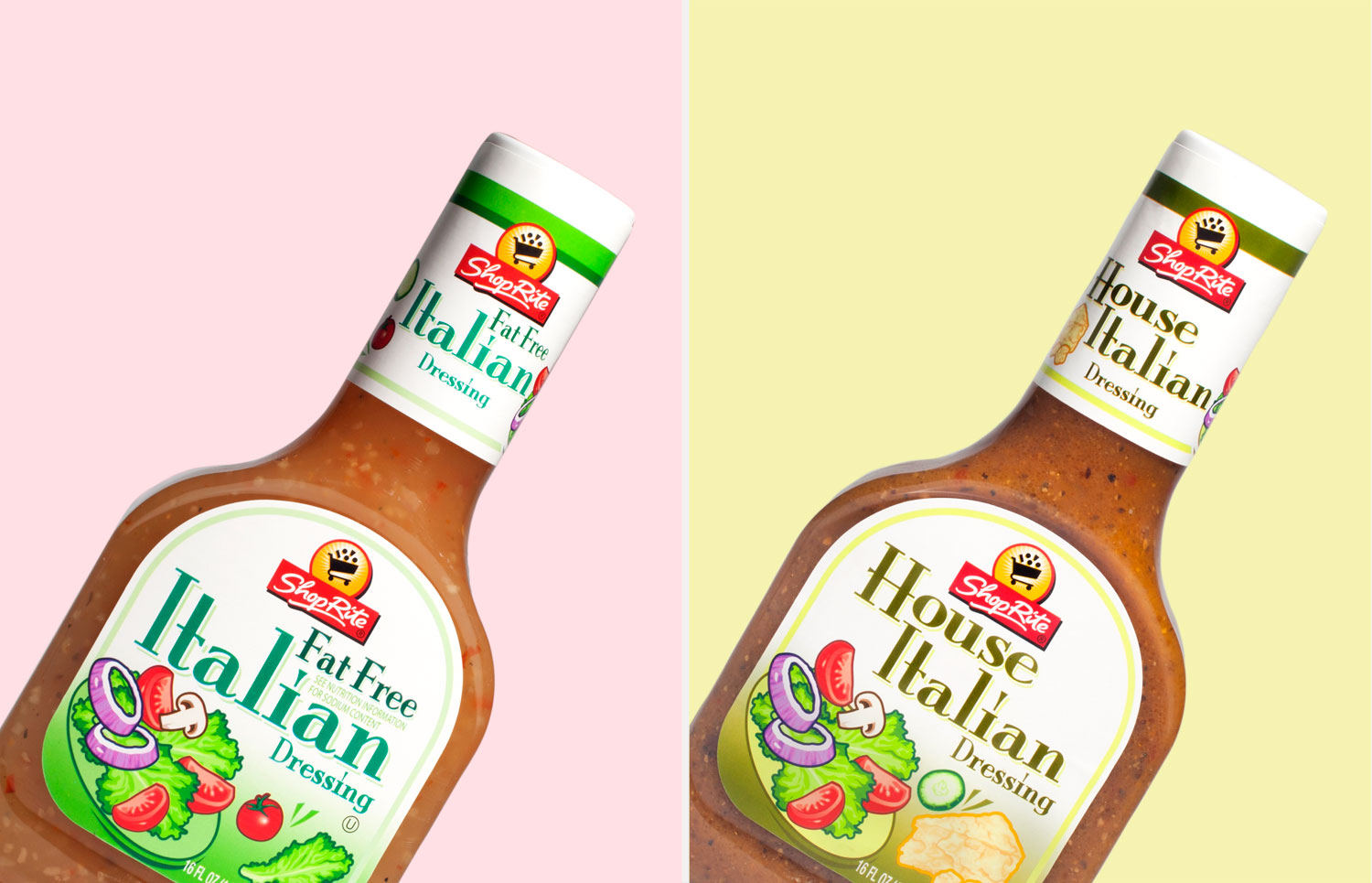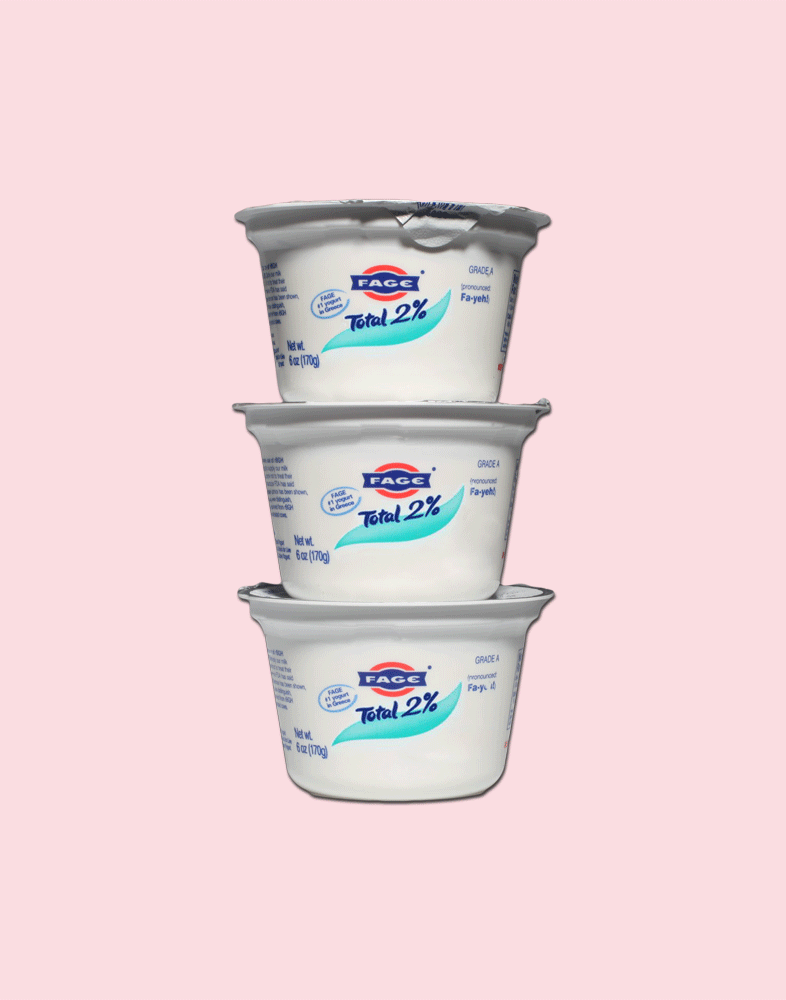
When sliced bread hit the market, American consumers weren’t sure just how great it was. On this day, July 7, in 1928, a bakery in Chillicothe, Mo., was the first to sell pre-cut bread using Otto Frederick Rohwedder’s invention: the automatic bread-slicing machine.
While an advertisement touted it as “the greatest forward step in the baking industry since bread was wrapped,” customers were wary. According to the author of Why Do Donuts Have Holes?: Fascinating Facts About What We Eat And Drink, the loaves failed to fly off the shelves, partly “because they were sloppy looking.”
Aesthetics aside, sliced bread in the pre-preservative era also went stale faster than its intact counterpart. Rohwedder came up with a solution: U-shaped pins that held the loaf together, making it appear whole inside its packaging, according to the New York Times.
Still, some people were bewildered by the concept itself, according to the Smithsonian Museum, where Rohwedder’s second bread slicer resides. (The first fell apart after six months of heavy use.) “The idea of sliced bread may be startling to some people,” a 1928 story in the Chillicothe newspaper acknowledged. “Certainly it represents a definite departure from the usual manner of supplying the consumer with baked loaves.”
Another ad offered instructions for the confounded, per the Times: 1) “Open wrapper at one end,” 2) “Pull out pin,” 3) “Remove as many slices as desired.”
But, after a few improvements to the slicing machine, loaves became less sloppy-looking and sliced bread earned its place in hearts and homes across the country. By World War II, Americans were so hooked on the convenience that its disappearance—a wartime conservation measure meant to save the hundred tons of steel that went into slicing machines each year—created a nationwide crisis. According to TIME’s 1943 account, the ban on sliced bread provoked as much ire as gas rationing did. Per TIME:
U.S. housewives… vainly searched for grandmother’s serrated bread knife, routed sleepy husbands out of bed, held dawn conferences over bakery handouts which read like a golf lesson: “Keep your head down. Keep your eye on the loaf. And don’t bear down.” Then came grief, cussing, lopsided slices which even the toaster refused, often a mad dash to the corner bakery for rolls.
In fact, the unpopular ban was lifted just two months after it went into effect. The New York Times heralded its removal with the headline, “Sliced Bread Put Back on Sale; Housewives’ Thumbs Safe Again.” It’s wasn’t long before Americans were using sliced bread as a point of comparison for greatness.
Read more from 1943, here in the TIME archives: U.S. At War: Trouble on the Bread Line
QUIZ: Should You Eat This or That?
















More Must-Reads from TIME
- Cybersecurity Experts Are Sounding the Alarm on DOGE
- Meet the 2025 Women of the Year
- The Harsh Truth About Disability Inclusion
- Why Do More Young Adults Have Cancer?
- Colman Domingo Leads With Radical Love
- How to Get Better at Doing Things Alone
- Michelle Zauner Stares Down the Darkness
Contact us at letters@time.com